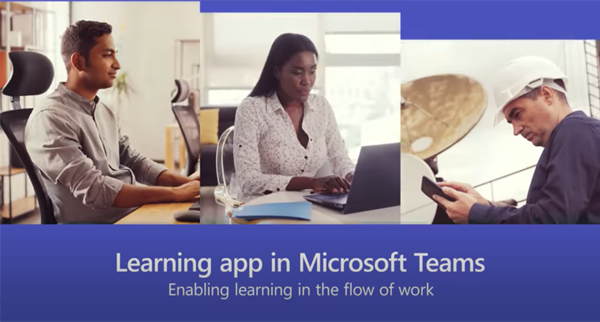Collaboration is a powerful concept that has long been present in different workplaces. Unfortunately, many experts and consultants in the L&D world only talk about it in theory. There have been too many discussions on how to open more collaboration at work, but implementation always falls short.
But I'd like to have a different take on this. As I see it happening today, collaboration now comes from a series of conversations and entails a continuous bouncing off of ideas. It is the fruition of hours of working together, establishing relationships, and building trust. For us humans, collaboration is not a foreign concept. We possess this as an innate behavior.
In the L&D space, we often fall into thinking that instilling a culture of collaboration can happen overnight. In a perfect world, maybe. However, in reality, it takes work and support from management down to the rank and file. Our job in learning and development is to kickstart the initiative. We need to have activities and solutions to promote it.
Just recently, I’ve come across a Josh Bersin article about TikTok. I find it thought-provoking how he suggested that this seemingly for-entertainment-only app can actually be used for collaborative learning. Here are my impressions and takeaways from understanding TikTok and learning.
1. Collaboration happens whenever it is practical for people to get results. Whether it is by sharing or uploading a video and people begin to relate to it and spark an exchange of comments or by rating someone else’s video, that's collaboration. It doesn’t need to have all the elements of collaboration. The important thing is that it serves the instant need to work with others to achieve a specific goal or result.
2. When technology is micro-sized, it becomes spontaneous. When technology enables multiplicity of tasks, and yet in a very simple form like in TikTok, we are more able to get the results quickly. It is mimicking or allowing us to behave in the way we wanted to in the real world. This is really how technology prevails upon us.
3. It is now shaping our relationships, language, communication, and thinking. I remember a book talking about which came first: is it our thoughts or language? Now it could be either or both. But in the case of TikTok, what I see going on is that it’s reconstructing our language and it helps develop our thinking. Some people might disagree and find TikTok to be terrible, synaptic, and too cryptic for learning. However, the key point to emphasize here is that we're communicating, although in a very different form. This language developed by TikTok is something that we need to consider in what we do in L&D.
4. Lastly, as L&D specialists, I think that we can benefit a lot by looking at this technology to see what kind of enhancement, endowment, and functionality we can encourage our learners and our workers to investigate and test. Because only then will we see how this impacts the way they do work.
So, watch out for TikTok. It may just be in your learning before you know it.
Ray Jimenez, PhD
Vignettes Learning
"Helping Learners Learn Their Way"




